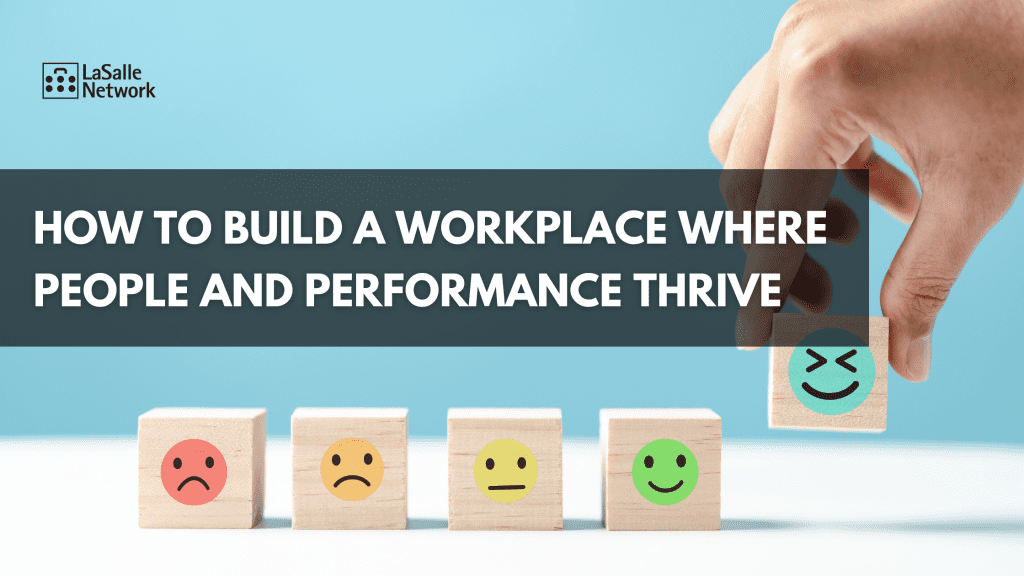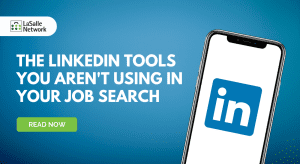In today’s fast-paced and demanding work environment, employee mental health has become a pressing concern with employee burnout on the rise. If gone unaddressed, burnout can lead to a drop in productivity and increased absenteeism and turnover, which all directly impact an organization’s bottom line.
Balancing employee well-being with productivity isn’t a tradeoff. It’s a strategy—and it starts with enabling managers to lead more intentionally. Below are simple, high-impact tools that organizations can use to support both mental health and performance in meaningful ways.
1. Empathy Bullseye: Lead with Emotional Precision
Think of communication like a bullseye: the outer ring is the content of the message; the center is the emotion behind it. Great managers aim for the center.
When managers acknowledge the feeling behind what’s being said, it builds trust, reduces emotional friction and creates psychological safety, all of which are key to long-term engagement and performance.
In your next one-on-one, listen for the emotion, not just the task. Reflect that emotion back before offering solutions or feedback.
2. Surveys That Spark Action
Pulse surveys are most effective when they’re part of a larger feedback loop—not a one-off initiative. More organizations are using targeted questions to gauge how employees are really doing—and then closing the loop with transparency and action.
We’ve seen this shift drive stronger engagement, especially when leaders follow up with “Here’s what we heard. Here’s what we’re doing.”
Try asking questions like:
- “What’s gotten easier or harder lately?”
- “What’s one thing that would make your week better?”
- “How supported do you feel right now on a scale of 1–5?”
Then communicate back themes and small changes you’re implementing based on feedback.
3. Listening Tours That Strengthen Culture
While surveys give data, real conversations create connection. Companies are reintroducing listening tours—intentional, in-person or virtual conversations with employees across functions, levels and backgrounds to gather real-time insight and build trust.
Whether led by HR or department leaders, these tours help managers understand what’s working, what’s not and how to better support their teams.
Supporting mental health doesn’t require complex programs or massive overhauls. It requires intention, consistency and a willingness to listen. The organizations that prioritize these small but powerful shifts are building more engaged, resilient teams—and seeing better results because of it. When companies invest in employee mental health, they’re not just improving morale—they’re driving retention, performance and long-term business success.
At LaSalle Network, we help companies build teams that thrive—by equipping leaders with the right people, tools, and insights to succeed. Want to learn how we can support your workforce goals? Connect with us today.




